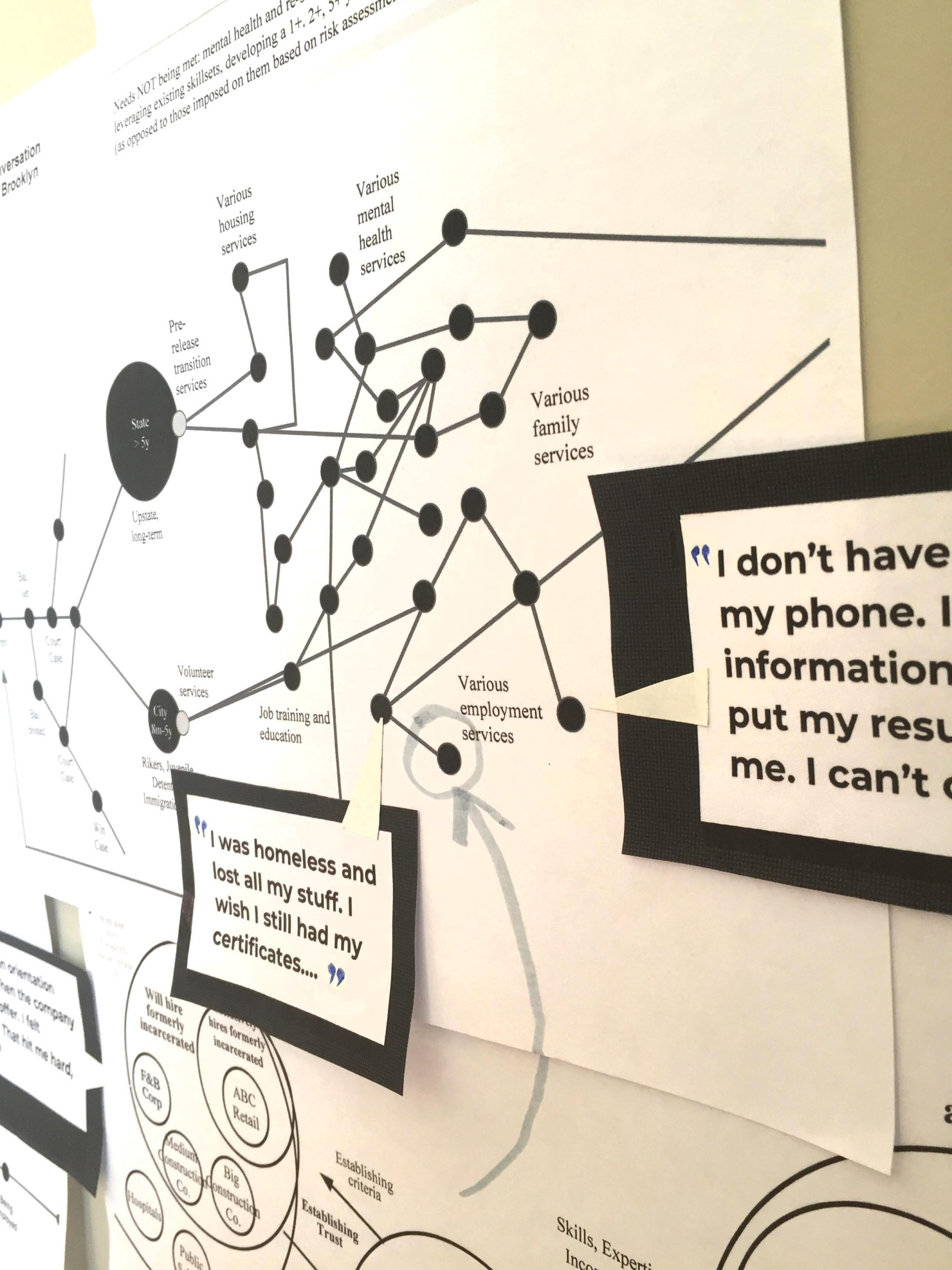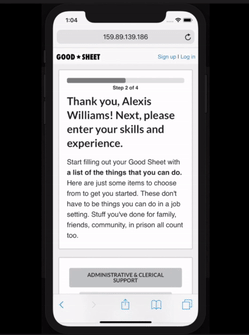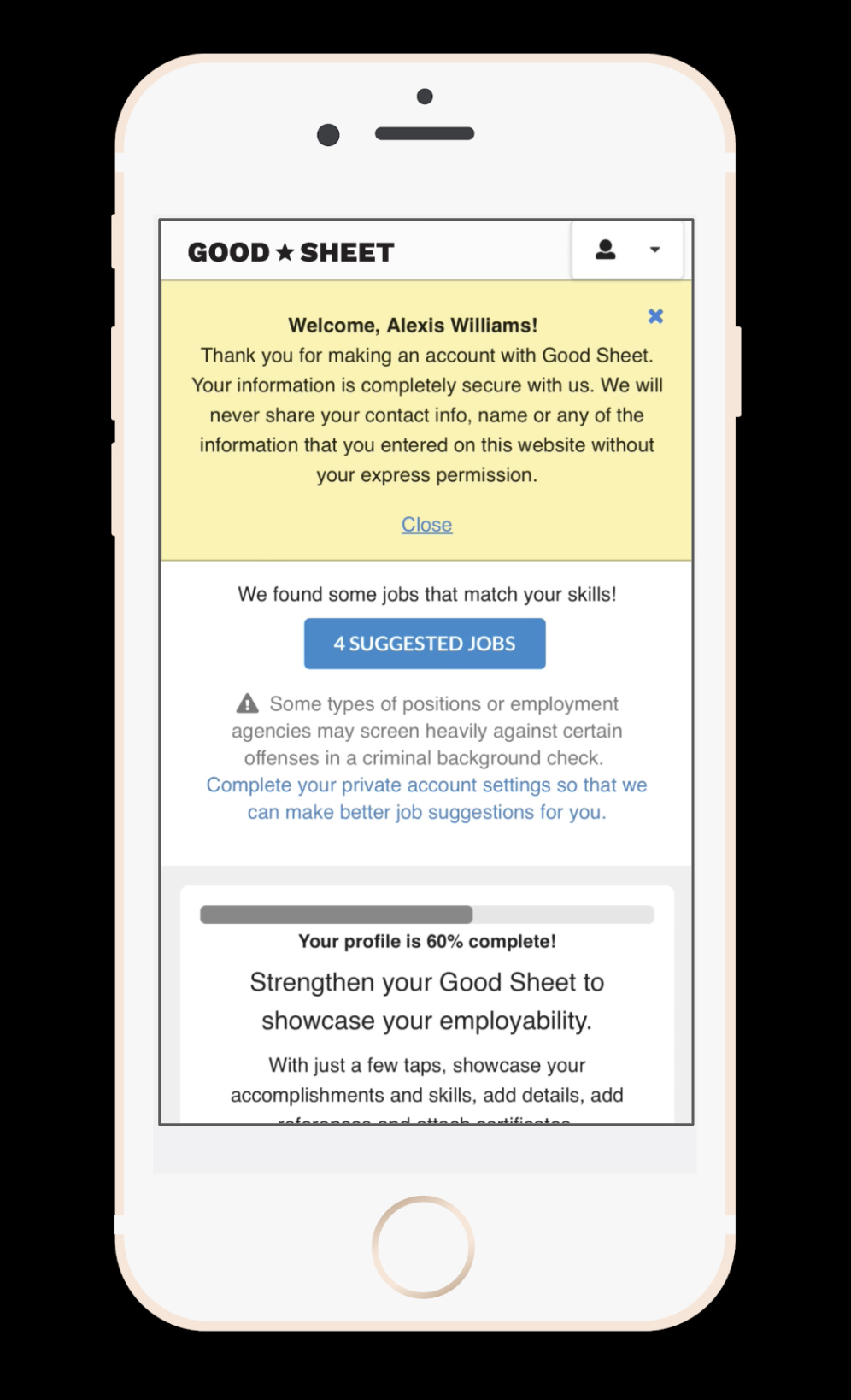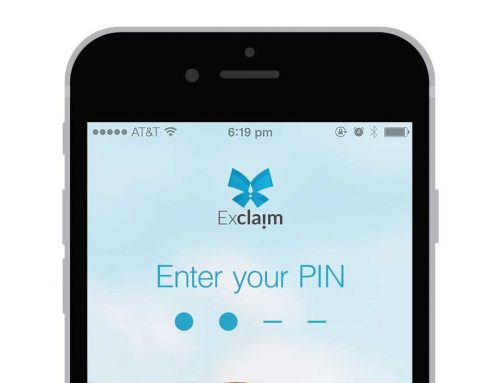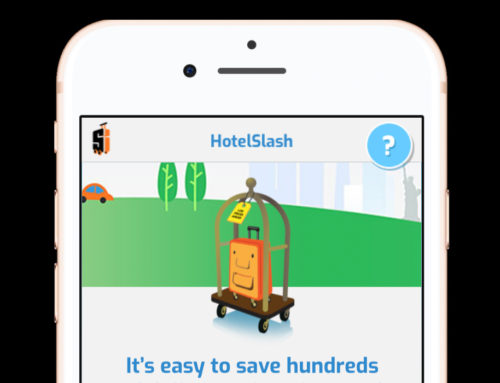Project Description
Good Sheet
Blue Ridge Labs @ the Robin Hood Foundation is a 5-month long fellowship that funds intensive, community-centered research to nurture, from idea to launch, social-impact products for low-income New Yorkers. From June through September 2018, I contributed as a UX researcher and designer in a 4-person team, conducting interviews and user testing to surface addressable barriers that hinder the post-release experience of those who have been incarcerated. After extensive landscape research, talks with community-based organizations, and with a workforce development expert directly on our team, we narrowed our focus to the onerous job search process.
Skills:
UX Research
UI/UX Design
UX Testing
Prototyping
Links:
Over the course of 65+ interviews with justice-involved partners, in the office and in the field, we listened, created and tested. From conversations about repeated job rejections, poor job matches, lost paperwork and files, broken or inadequate phones, and lack of technical or organizational know-how, we generated several rounds of low- and high-fidelity prototypes for Good Sheet, a resume-building tool and background-friendly job board.
Resume challenges
Almost all job applications require a resume, and many of our interviewees reported problems in this core area. Some issues were logistical — they had had resumes created for them at one point by counselors or relatives but, with only a small-screen phone and no printer, had no reliable way to access or edit them. Housing instability made keeping track of required paperwork (such as certificates, recommendation letters and legal letters) onerous. Others users, after repeated job rejections, found it difficult to surmount feelings of demotivation and lost confidence in order to write down lists of their skills and accomplishments.
Digital agency
With careful attention to wording, and multiple rounds of testing with our partners, we developed an affirming digital intake process. Rather than presenting our clients with empty form fields, we used a number of behavioral and accessible design patterns to ease the input of resume data on small screen mobile devices. Clients helped us choose language that centered the post-incarceration experience so users could feel they were “in the right place.” Skills, certifications and accomplishments were suggested on buttons so they only needed to be tapped rather than typed. Throughout, prompts and progress bars showed the job searcher what steps were next, and how close they were to completion. Ultimately we offered a web app that allowed users to easily create a resume with a few taps, securely store photos of their certifications and recommendations, and have agency in the creation of their own mobile-accessible digital page.
Broader challenges
Technical support for resumes and documents are all well and good but, ultimately, in interview after interview, we heard that lack of hope and trust were critical and perhaps even greater barriers; that when workforce agencies and mainstream online job portals failed to take their individual needs into account, the compounding mismatches and rejections not only wasted precious time, they resulted in crushing demotivation in the long term.
The need for needs-based design
This led us to manually curate listings of background-friendly jobs that took into account individuals’ training certifications (such as OSHA Flagger or Food Safety); time availability (a part-time schedule to accommodate a disability, for instance) and other personalized needs. For those on probation or parole, the process became additionally complicated. Could our app help job searchers filter out out job listings with requirements that run up against curfew or driving restrictions?
Design Justice
In face of these overwhelming systemic pressures, justice-involved job applicants need every encouragement, support and energy-saver possible to successfully navigate a process that already favors those with socio-economic and racial privilege. While Good Sheet remains a proof-of-concept, the positive feedback we received from our clients showed us that equity-focused human-centered design, when applied to the UX of workforce development, can be a force for justice.
1. Lucius Couloute and Daniel Kopf. July 2018. Out of Prison & Out of Work: Unemployment among formerly incarcerated people. Prison Policy Initiative.
